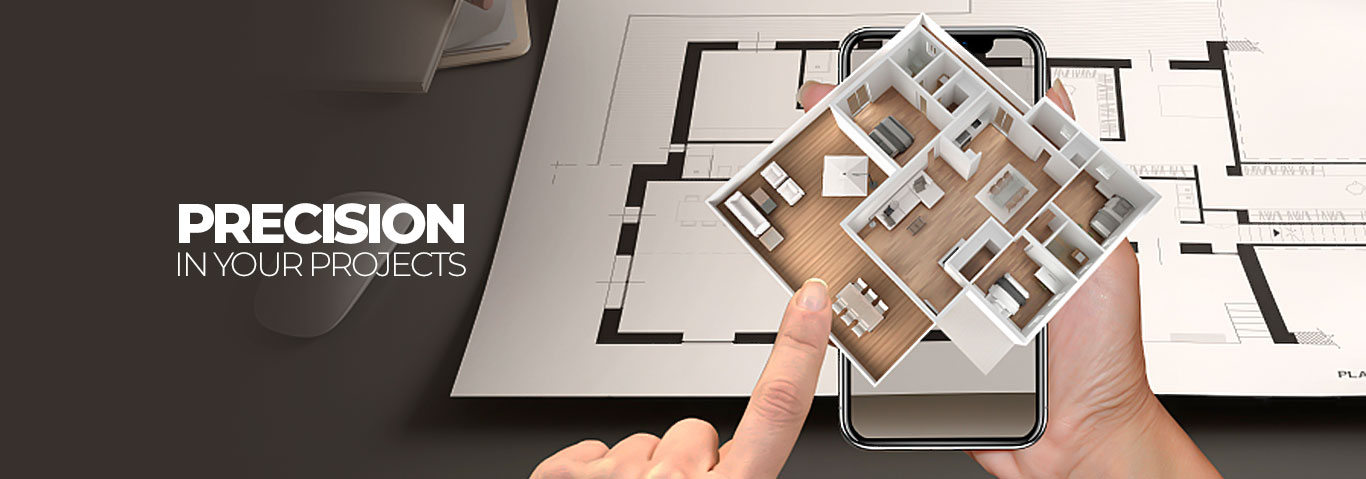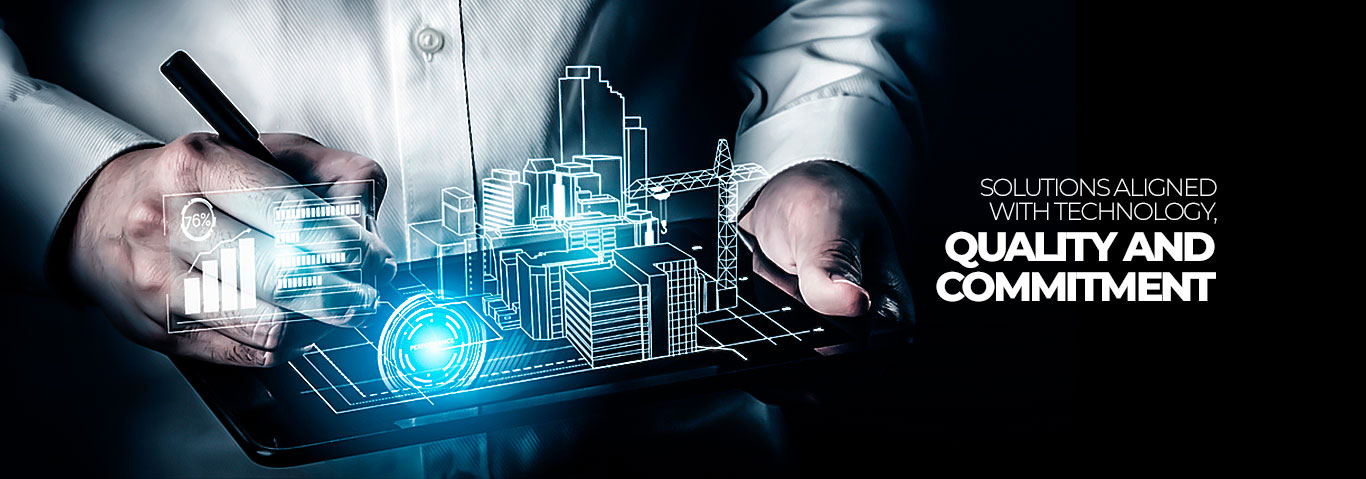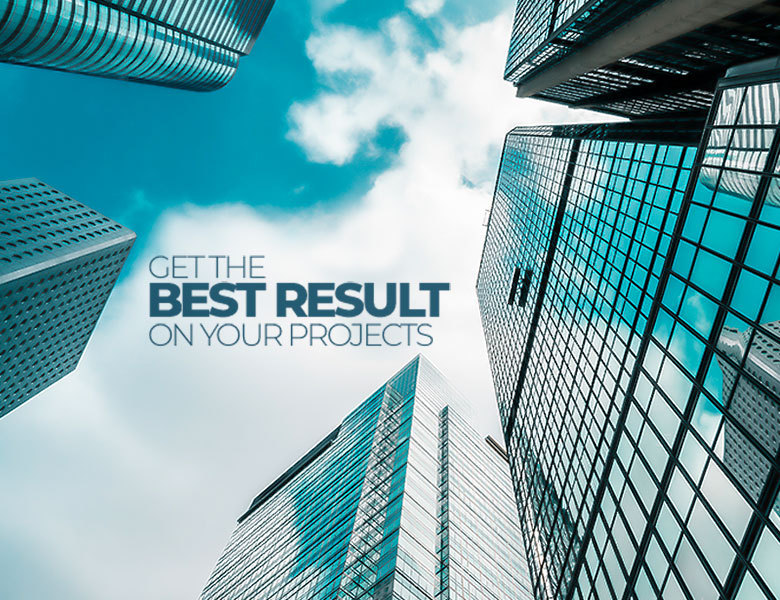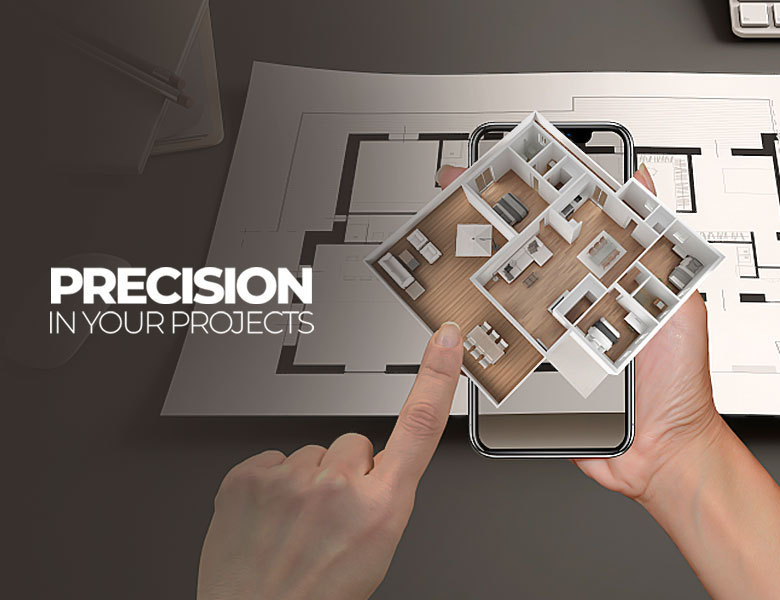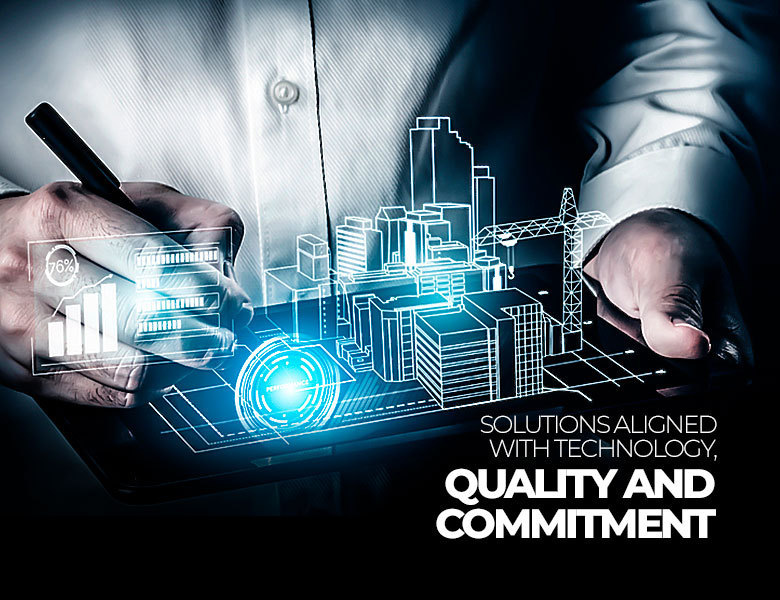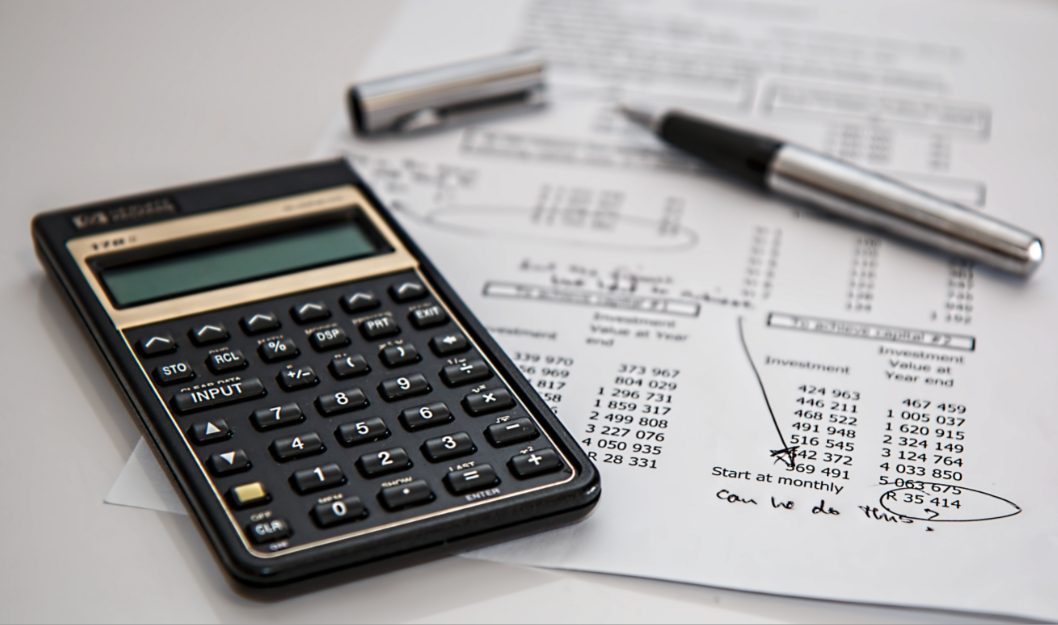
Practical tips to keep the construction budget constant
To keep the construction budget constant, it is necessary to carry out prior work in planning this project. That is why when hiring a company to do your work, it is extremely important that it is reliable, but that it is also attentive to details such as deadlines, quantities, and labor. All of these aspects will influence when it comes to maintaining the budget.
So, to help you understand a little more about this process, here are some practical tips on how to keep the construction budget constant.
How to keep the construction budget constant
1. Have a plan for the project budget
First of all, the constancy of a work budget will depend on well-structured planning. That is, each step of the budget needs to be outlined and foreseen. So, the construction company will have an easier time getting the materials and equipment according to what you can pay. That way, avoiding excessive costs in your budget as much as possible.
For this reason, unforeseen events must be included in this budget, since the construction industry depends on others for the delivery of inputs and outsourced workers.
There are a few factors that need to be present in the planning:
- Equipment cost;
- Average costs;
- What can cause delays;
- Total budget and possible changes;
- Schedule
- Record and analyze in degrees of detail.
2. Scheduled expenses
An important tip and one that you should add to your planning is the schedule. For it is necessary that you make it very clear, at what point in the work the expenses will be made and with what exactly.
This action proves extremely useful, especially when construction companies are cultivating transparency among customers. Besides, this is a way to avoid any unnecessary or anticipated expenses, factors that increase project costs.
In order to keep the construction budget constant, expenses during construction must be reported directly to you. Even the ones that have escaped your planning. Thus it is possible to prevent resources from being exhausted.
3. Calculate the risks
To be conscious of possible risks is not, under any circumstances, to think negatively. During construction, many things can happen: from accidents to natural actions; you need to consider all these risks when planning your budget.
That stated, having a plan to manage the consequences of these problems, which you have no control over, is the attitude necessary to maintain the constancy of the construction budget.
Not to mention the headache you will avoid if the possible risks are detected before the beginning of the construction.
4. Follow the details of the schedule
In addition to calculating the risks, it is important that your plan also has a schedule, recording all the actions involved in the project. So that you can quickly check processes that are still in progress or have already been completed.
That means you are aware of the status of the project, therefore knowing where you can invest more or control expenses.
5. Use technology to your advantage
The years have passed, and technology became more of an ally in all sectors. In the construction area, new software have been proving to be equally useful; you can count on several ways to keep the organization at any stage of your work.
For this reason, to keep the construction budget constant, you must use a technology that will save you not only time but also money.
So, if you want to have an accurate estimate of your expenses and still be able to guarantee a precise take-off, you have to look for Hepta Solutions. Here, we work with PlanSwift, which is one of the best and most accurate takeoff software today.
In addition to being highly adaptable, it also helps in organizing everything that will be used in the work. From the most used materials to the labor.
Do you want to know more about how to use technology to optimize your work? Contact us and send us your project!
Read more: Estimate accuracy: using technology to improve precision in take-off and estimate


